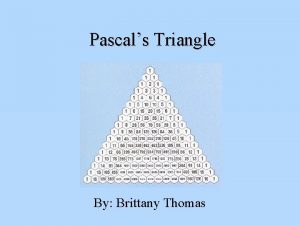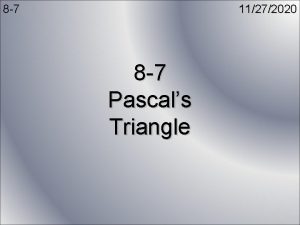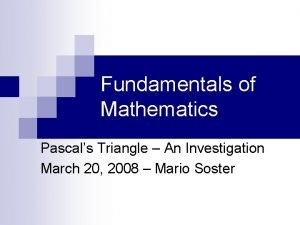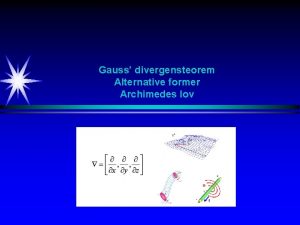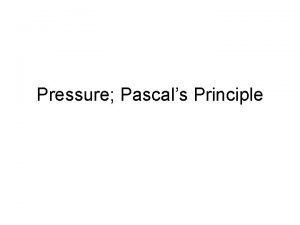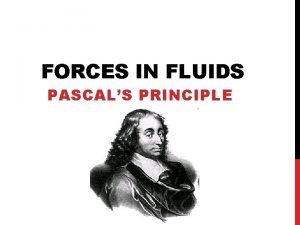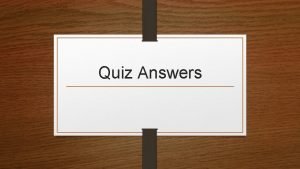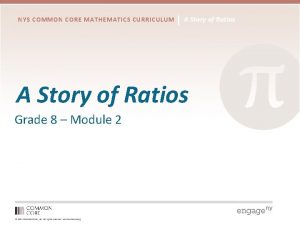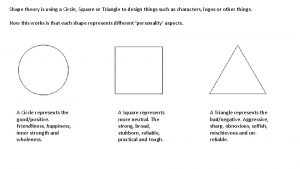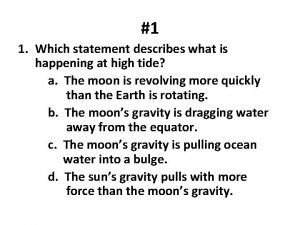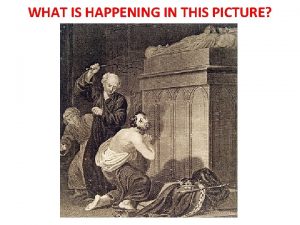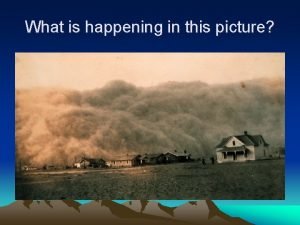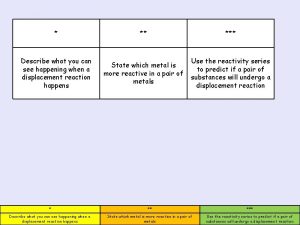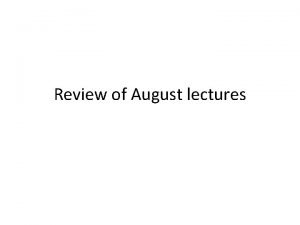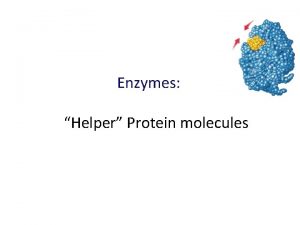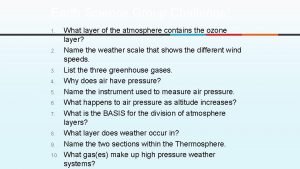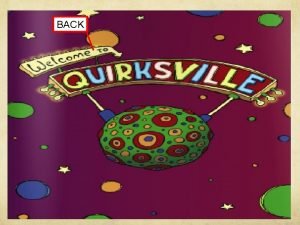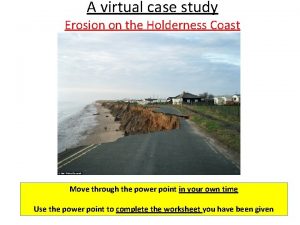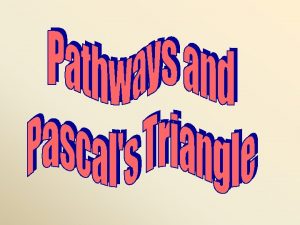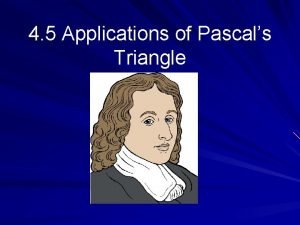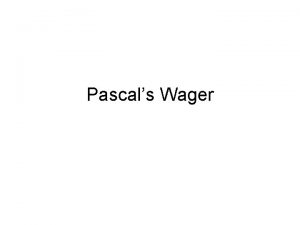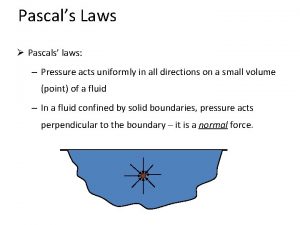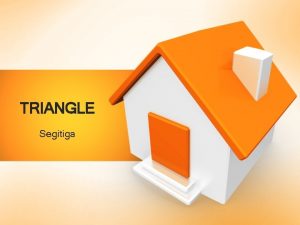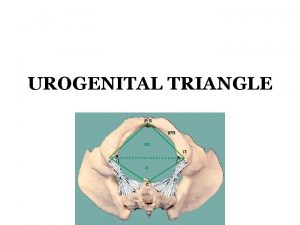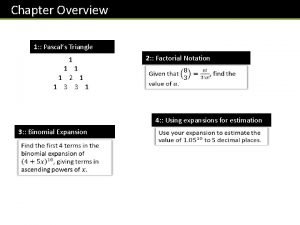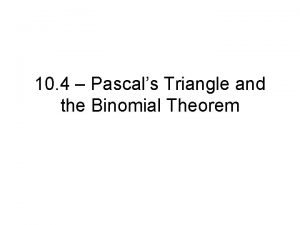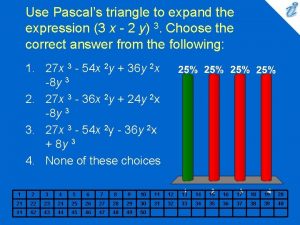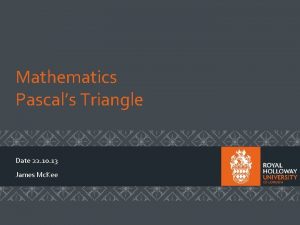More Really Cool Things Happening in Pascals Triangle















































- Slides: 47

“More Really Cool Things Happening in Pascal’s Triangle” Jim Olsen Western Illinois University

Outline 0. 1. 2. 3. 4. 5. What kind of session will this be? Review of some points from the first talk on Pascal’s Triangle and Counting Toothpicks in the Twelve Days of Christmas Tetrahedron Two Questions posed. Characterizations involving Tower of Hanoi, Sierpinski, and _______. A couple more interesting characterizations. Two Questions solved.

0. What kind of session will this be? • This session will be less like your typical teacher in-service workshop or math class. • Want to look at some big ideas and make some connections. • I will continually explain things at various levels and varying amounts of detail. • Resources are available, if you want more. • Your creativity and further discussion will connect this to lesson planning, NCLB, standards, etc.

1. Review Triangular numbers (Review)

Let’s Build the 9 th Triangular Number 1+2 +3 +4 +5 +6 +7 +8 +9 (Review)

n(n+1) Take half. n (Review) Each Triangle has n(n+1)/2 n+1

Another Cool Thing about Triangular Numbers Put any triangular number together with the next bigger (or next smaller). And you get a Square!

Eleven Characterizations • Char. #1: First Definition: Get each number in a row from the two numbers diagonally above it (and begin and each row with 1). This is the standard way to generate Pascal’s Triangle. (Review)

• Char. #2: Second Definition: A Table of Combinations or Numbers of Subsets (Characterization #1 and characterization #2 can be shown to be equivalent) • Char. #3: Symmetry (Review)

(Review)

• Char. #4: The total of row n = the Total Number of Subsets (from a set of size n) = 2 n (Review)

• Char. #5: The Hockey Stick Principle (Review)

• Char. #6: The first diagonal are the “stick” numbers. • Char. #7: second diagonal are the triangular numbers. (Review)

• Char. #8: The third diagonal are the tetrahedral numbers. (Review)

A Fun Way to Count the Toothpicks in the 12 Days of Christmas Tetrahedron Organize the marshmallows (nodes) into categories, by the number of toothpicks coming out of the marshmallow. What are the categories? (Review)

Category of Nodes Number of Toothpicks from each Product Corners Edges 4 6 x 10 3 6 12 360 Faces 4 x. T 9 9 1620 Interior Te 8 12 1440 Total: 3432 But…. This double counts, so there are 1716 toothpicks!

• Char. #9: This is actually a table of permutations (permutations with repetitions). • Char. #10: Imagine a pin at each location in the first n rows of Pascal’s Triangle (row #0 to #n-1). Imagine a ball being dropped from the top. At each pin the ball will go left or right. The numbers in row n are the number of different ways a ball being dropped from the top can get to that location. Row 7 >> 1 7 21 35 35 21 7 1

Char. #11: The fourth diagonal lists the number of quadrilaterals formed by n points on a circle. (Review)

2. Two Questions posed 1. What is the sum of the squares of odd numbers (or squares of even numbers)? 2. What is the difference of the squares of two consecutive triangular numbers?

3. Characterizations involving Tower of Hanoi, Sierpinski, and _______. • Solve Tower of Hanoi. • What do we know? Brainstorm. • http: //www. mazeworks. com/hanoi/index. htm

Solutions to Tower of Hanoi Disks Moves Needed 1 1 a 2 3 aba 3 7 aba c aba 4 15 aba c aba D aba c aba 5 31 aba c aba D aba c aba E aba c aba D aba c aba Sequence

Characterization #12 The sum of the first n rows of Pascal’s Triangle (which are rows 0 to n-1) is the number of moves needed to move n disks from one peg to another in the Tower of Hanoi. Notes: • The sum of the first n rows of Pascal’s Triangle (which are rows 0 to n-1) is one less than the sum of the nth row. (by Char. #4) • Equivalently:

Look at the Sequence as the disks Disks Moves Needed 2 3 Sequence aba

Look at the Sequence as the disks Disks Moves Needed Sequence 3 7 aba c aba What does it look like?

Look at the Sequence as the disks A ruler!

Solutions to Tower of Hanoi Can you see the ruler markings? Disks Moves Needed 1 1 a 2 3 aba 3 7 aba c aba 4 15 aba c aba D aba c aba 5 31 aba c aba D aba c aba E aba c aba D aba c aba Sequence

Ruler Markings Solution to Tower of Hanoi

What is Sierpinski’s Gasket? http: //www. shodor. org/interactivate/activities/gasket/ It is a fractal because it is self-similar.

More Sierpinski Gasket/Triangle Applets and Graphics http: //howdyyall. com/Triangles/Show. Frame/Show. Gif. cfm http: //www. arcytech. org/java/fractals/sierpinski. shtml by Paul Bourke

Vladimir Litt's, seventh grade pre-algebra class from Pacoima Middle School Pacoima, California created the most amazing Sierpinski Triangle. http: //math. rice. edu/%7 Elanius/frac/pacoima. html

Characterization #13 If you color the odd numbers red and the even numbers black in Pascal’s Triangle, you get a (red) Sierpinski Gasket. http: //www. cecm. sfu. ca/cgi-bin/organics/pascalform

Characterization #14 Sierpinski’s Gasket, with 2 n rows, provides a solution (and the best solution) to the Tower of Hanoi problem with n disks. At each (red) colored node in Sierpinski’s Gasket assign an n-tuple of 1’s, 2’s, and 3’s (numbers stand for the pin/tower number). The first number in the n-tuple tells where the a-disk goes (the smallest disk). The second number in the n-tuple tells where the bdisk goes (the second disk). Etc.

Maybe we should call it Sierpinski’s Wire Frame The solution to Tower of Hanoi is given by moving from the top node to the lower right corner.

The solution to Tower of Hanoi is given by moving from the top node to the lower right corner.

Ruler Markings Solution to Tower of Hanoi Sierpinski Wire Frame

…But isn’t all of this • Yes/No…. . On/off • Binary • Base Two

Characterization #12. 1 The sum of the first n rows of Pascal’s Triangle (which are rows 0 to n-1) is the number of non -zero base-2 numbers with n digits. Count in Base-2 1 Digit 2 Digits 3 Digits 1 1 10 11 100 101 110 111

What Patterns Do You See? How can this list be used to solve Tower of Hanoi? 1 10 11 100 101 110 111 1000 1001 1010 1011 1100 1101 1110 1111

Binary Number List Solves Hanoi Using the list of non-zero base-2 numbers with n digits. When: • The 20 (rightmost) number changes to a 1, move disk a (smallest disk). • The 21 number changes to a 1, move disk b (second smallest disk). • The 22 number changes to a 1, move disk c (third smallest disk). • Etc. aba. Caba 3 Digits 1 10 11 100 101 110 111

Ruler Markings Solution to Tower of Hanoi 1 10 11 100 101 110 111 Binary Numbers Sierpinski Wire Frame

4. A Couple More Interesting Characterizations.

Characterization #15 By adding up numbers on “diagonals” in Pascal’s Triangle, you get the Fibonacci numbers. This works because of Characterization #1 (and the fact that rows begin and end with 1).

Characterization #16 To get the numbers in any row (row n), start with 1 and successively multiply by For example, to generate row 6. 1 1 6 15 20 15 6 1

5. Two Questions Answered 1. What is the sum of the squares of odd numbers (or squares of even numbers)? See Model. Answer: A tetrahedron. In fact, or

Two Questions Answered (cont. ) 2. What is the difference of the squares of two consecutive triangular numbers? See Model. Answer: A cube. In fact, n 3.

More Information http: //www. wiu. edu/users/mfjro 1/wiu/tea/pascal-tri. htm

• Thank you. Jim Olsen Western Illinois University jr-olsen@wiu. edu faculty. wiu. edu/JR-Olsen/wiu/
 More more more i want more more more more we praise you
More more more i want more more more more we praise you More more more i want more more more more we praise you
More more more i want more more more more we praise you 8th row of pascal's triangle
8th row of pascal's triangle History of pascal's triangle
History of pascal's triangle Pascals triangle 8
Pascals triangle 8 Picture with lots of things happening
Picture with lots of things happening What is happening in this picture
What is happening in this picture What does pascal's principle state
What does pascal's principle state Binomial coefficient exercises
Binomial coefficient exercises Why is water potential measured in pascals
Why is water potential measured in pascals 1 11 121 triangle
1 11 121 triangle Arkimedes lov
Arkimedes lov Pressure pascals
Pressure pascals Pascal principle examples in real life
Pascal principle examples in real life 5 apples in a basket riddle
5 apples in a basket riddle The more you study the more you learn
The more you study the more you learn Aspire not to
Aspire not to Newton's 1st law example
Newton's 1st law example Knowing more remembering more
Knowing more remembering more More love to thee o lord
More love to thee o lord More choices more chances
More choices more chances Human history becomes more and more a race
Human history becomes more and more a race Water contracts (gets smaller) when it freezes.
Water contracts (gets smaller) when it freezes. Difference between living and non living organisms
Difference between living and non living organisms How to remember the 7 life processes
How to remember the 7 life processes Lesson 14 more on the angles of a triangle
Lesson 14 more on the angles of a triangle Character design circle square triangle
Character design circle square triangle Good hazard scenarios describe where it is happening
Good hazard scenarios describe where it is happening Swiss snow happening 2023
Swiss snow happening 2023 Enformel slikarstvo
Enformel slikarstvo Wymysl happening
Wymysl happening Questions a
Questions a What is happening in this picture
What is happening in this picture Which statement describes what is happening at high tide?
Which statement describes what is happening at high tide? What is this picture
What is this picture What is happening in the picture
What is happening in the picture What is happening ___ this picture?
What is happening ___ this picture? Performance happening
Performance happening Happening art
Happening art What is happening in the picture
What is happening in the picture Who was she? where was she? what was happening?
Who was she? where was she? what was happening? Whats happening in this photo
Whats happening in this photo What's happening in the picture
What's happening in the picture Whats happening to ellie
Whats happening to ellie What is happening in this photo
What is happening in this photo Food chain begins with
Food chain begins with Vitality
Vitality Whats happening out there
Whats happening out there



